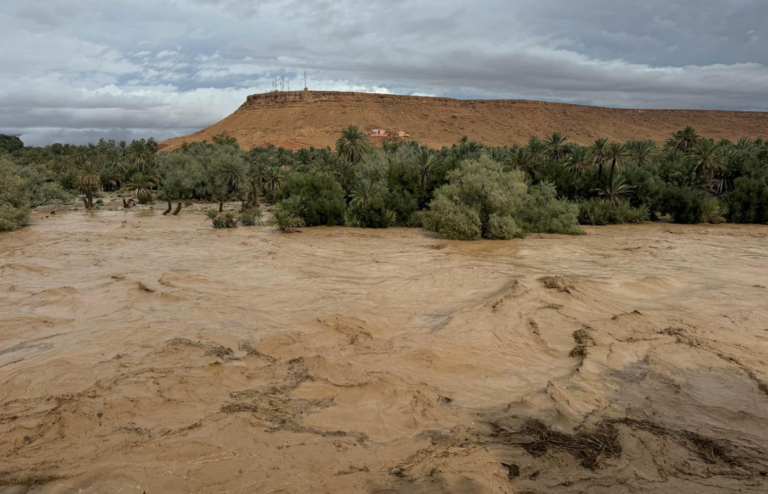Nature often provides subtle hints when a storm is approaching. By observing these signs, you can anticipate severe weather and take necessary precautions.
Here are ten natural indicators that suggest a storm may be on its way:
1. Towering Cumulus Clouds

Cumulus clouds often appear as fluffy, white cotton balls scattered across the sky, signaling fair weather. But when they grow taller and take on a towering shape, it indicates rising warm air and increasing atmospheric instability. These developing cumulus congestus clouds can evolve into cumulonimbus clouds thunderstorms capable of producing intense rain, lightning, and even hail or tornadoes.
2. Sudden Temperature Drops
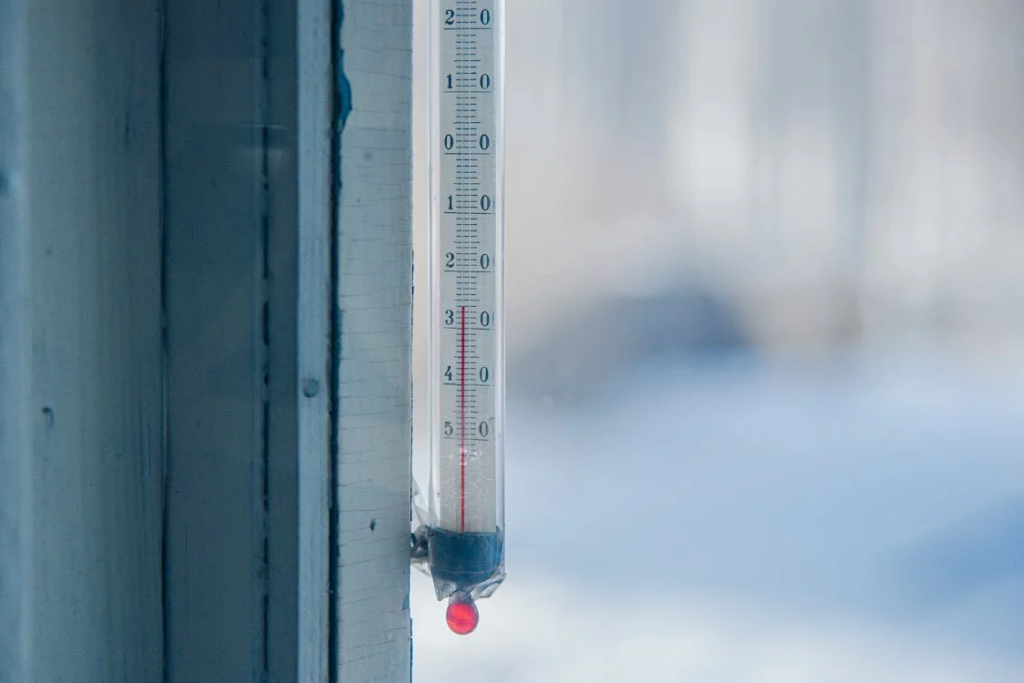
A sudden drop in temperature often signals an approaching storm, especially when a cold front pushes out warmer air. This quick shift can destabilize the atmosphere and trigger stormy weather shortly afterward.
3. Changes in Wind Patterns

Sudden gusts or shifts in wind direction can be signs that a storm is approaching. A calm day interrupted by a sudden breeze may be the outflow of a nearby thunderstorm, while a noticeable change in wind direction often points to an incoming weather front.
4. Darkening or Greenish Skies
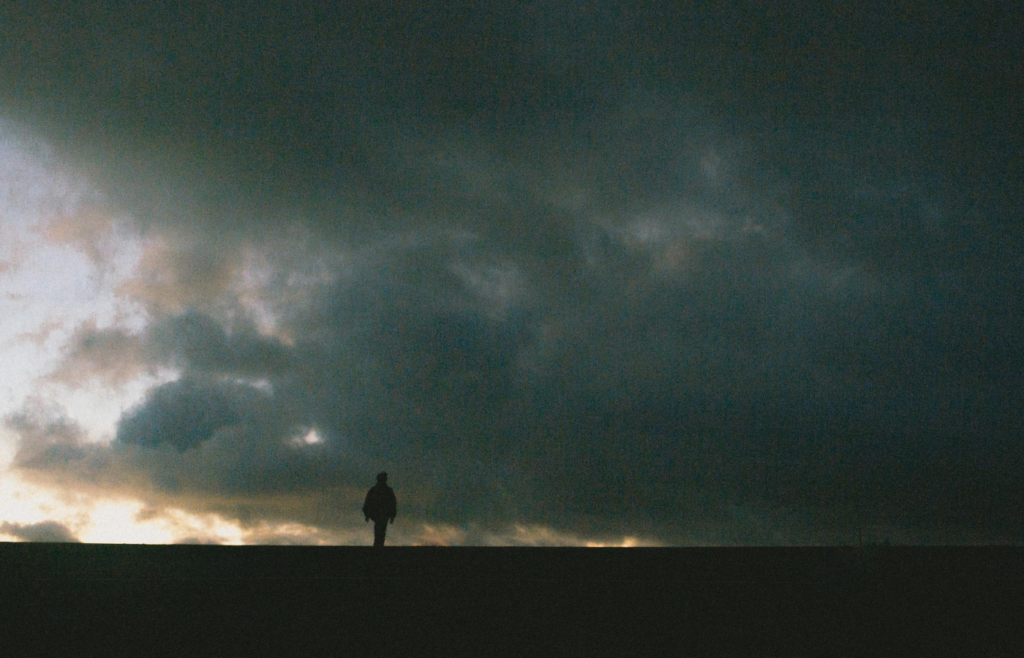
A darkening sky, especially with a greenish tint, often precedes severe storms and tornadoes. This coloration results from sunlight filtering through storm clouds filled with ice particles and water droplets. When you observe such skies, it’s advisable to seek shelter promptly.
5. Halo Around the Sun or Moon
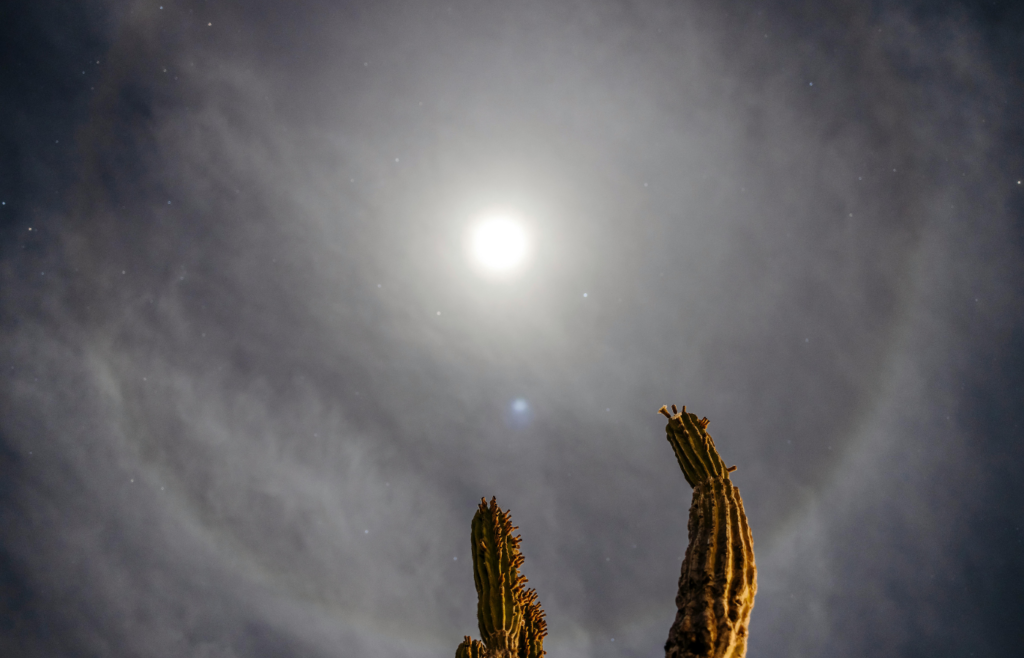
A ring or halo around the sun or moon forms when light refracts through ice crystals in high-altitude cirrus clouds. This beautiful phenomenon often signals that a storm system is approaching and that rain or snow may follow within a day or two.
6. Increased Humidity and Stronger Scents

Rising humidity before a storm can make outdoor scents like flowers, grass, or trees smell stronger than usual. Moist air holds odors more effectively, so a sudden intensification of natural smells may be an early hint that rain is coming.
7. Animal Behavior Changes

Animals can often detect shifts in weather before humans notice any signs. Birds flying lower or bees retreating to their hives in large numbers may indicate an approaching storm. Paying attention to these behaviors can offer early clues about changing conditions.
8. Red Sky in the Morning

The old saying “ Red sky in morning, mariners take warning ” has real meteorological roots. Red daylight can show that a storm system is approaching, as light from the rising sun scatters through humidity and patches in the atmosphere. This frequently indicates low pressure moving in from the west.
Read More: Top 10 Weather Phenomena That Science Still Doesn’t Fully Understand
9. Smoke Behavior from Fires
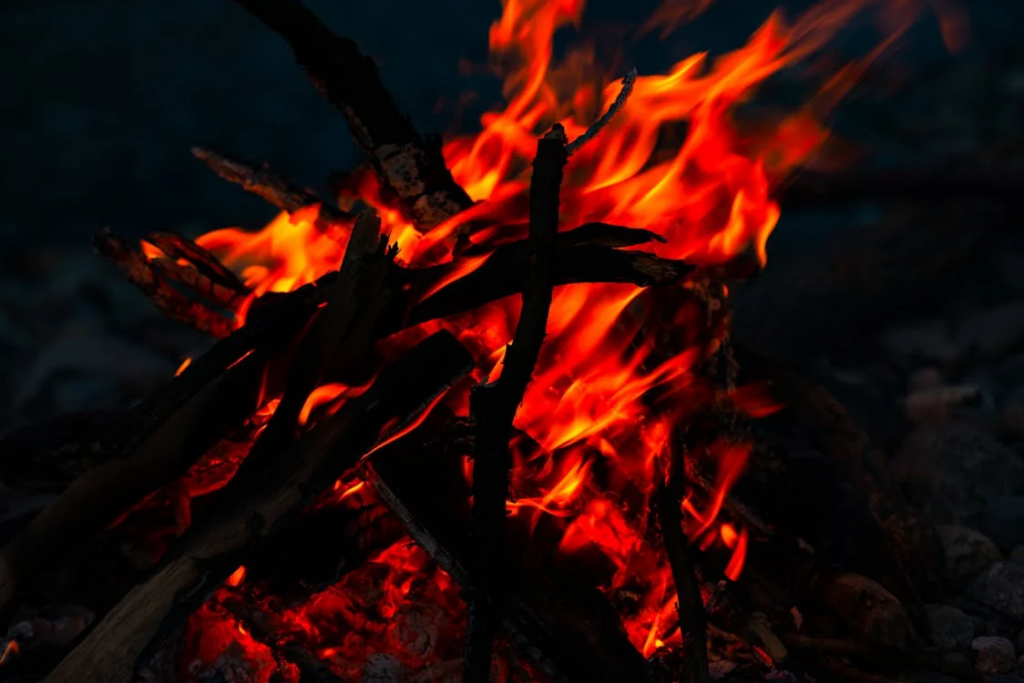
On clear, high-pressure days, smoke from a fire rises steadily into the sky. But when a storm is approaching and pressure drops, the smoke may swirl or sink. This shift in smoke behavior can be an early sign of worsening weather.
Read More: Never Do These 10 Things During a Thunderstorm
10. Cloud Movement and Formation
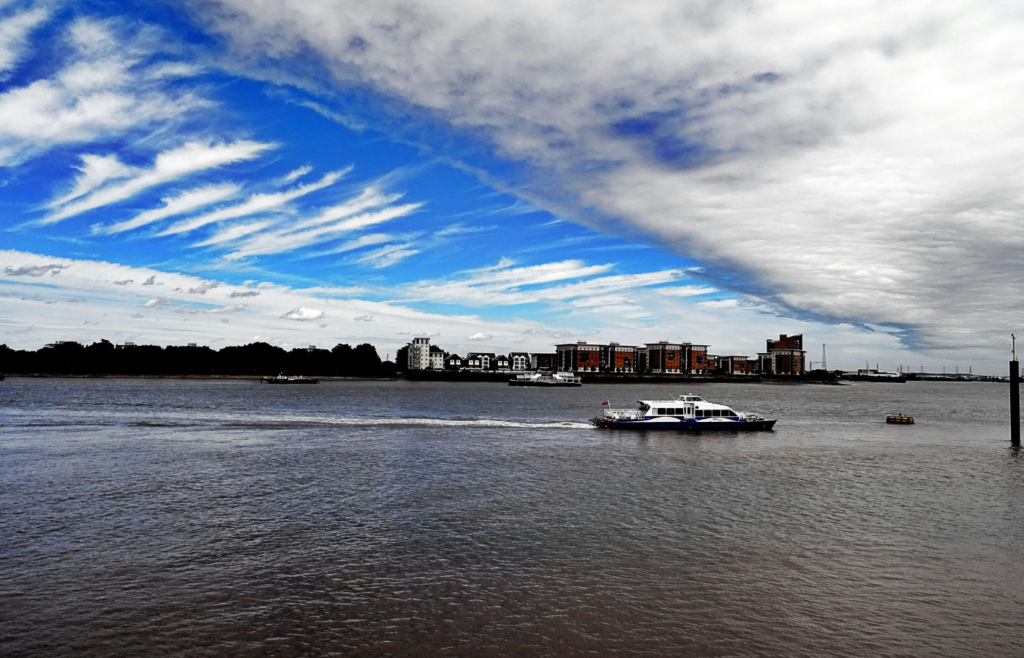
Watching how clouds move can reveal clues about approaching weather. Fast-moving or swirling clouds often signal atmospheric instability and may point to an incoming storm system.
By paying attention to these natural signs, you can better anticipate and prepare for approaching storms. Always prioritize safety and seek shelter when severe weather is imminent.
Read More: 15 Smartest Ways to Prepare for a Hurricane Before It Hits




